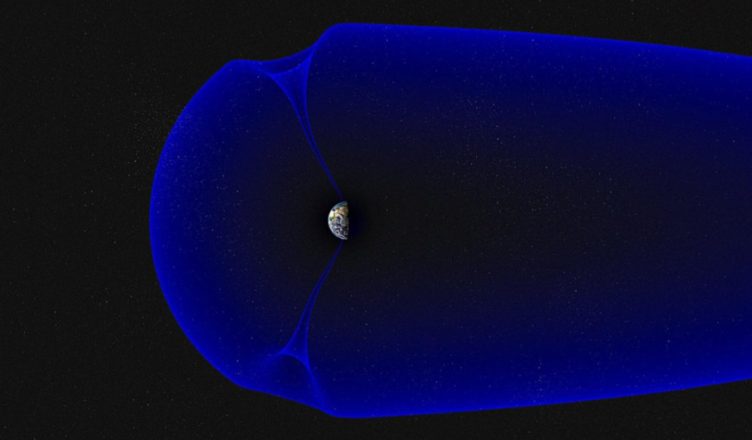Update: To image leaky atmosphere, NASA rocket team heads north — ScienceDaily
In the future, the Earth System could potentially follow many trajectories (12, 13), often represented by the large range of global temperature rises simulated by climate models (14).
In most analyses, these trajectories are largely driven by the amount of greenhouse gases that human activities have already emitted and will continue to emit into the atmosphere over the rest of this century and beyond—with a presumed quasilinear relationship between cumulative carbon dioxide emissions and global temperature rise (14).
However, here we suggest that biogeophysical feedback processes within the Earth System coupled with direct human degradation of the biosphere may play a more important role than normally assumed, limiting the range of potential future trajectories and potentially eliminating the possibility of the intermediate trajectories.
We argue that there is a significant risk that these internal dynamics, especially strong nonlinearities in feedback processes, could become an important or perhaps, even dominant factor in steering the trajectory that the Earth System actually follows over coming centuries.
Source: PNAS


